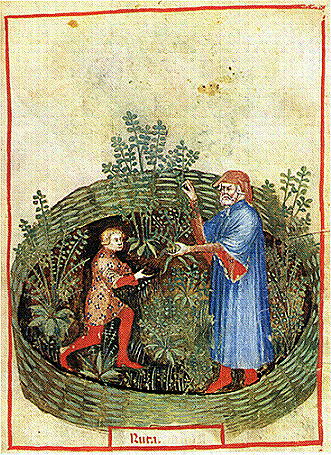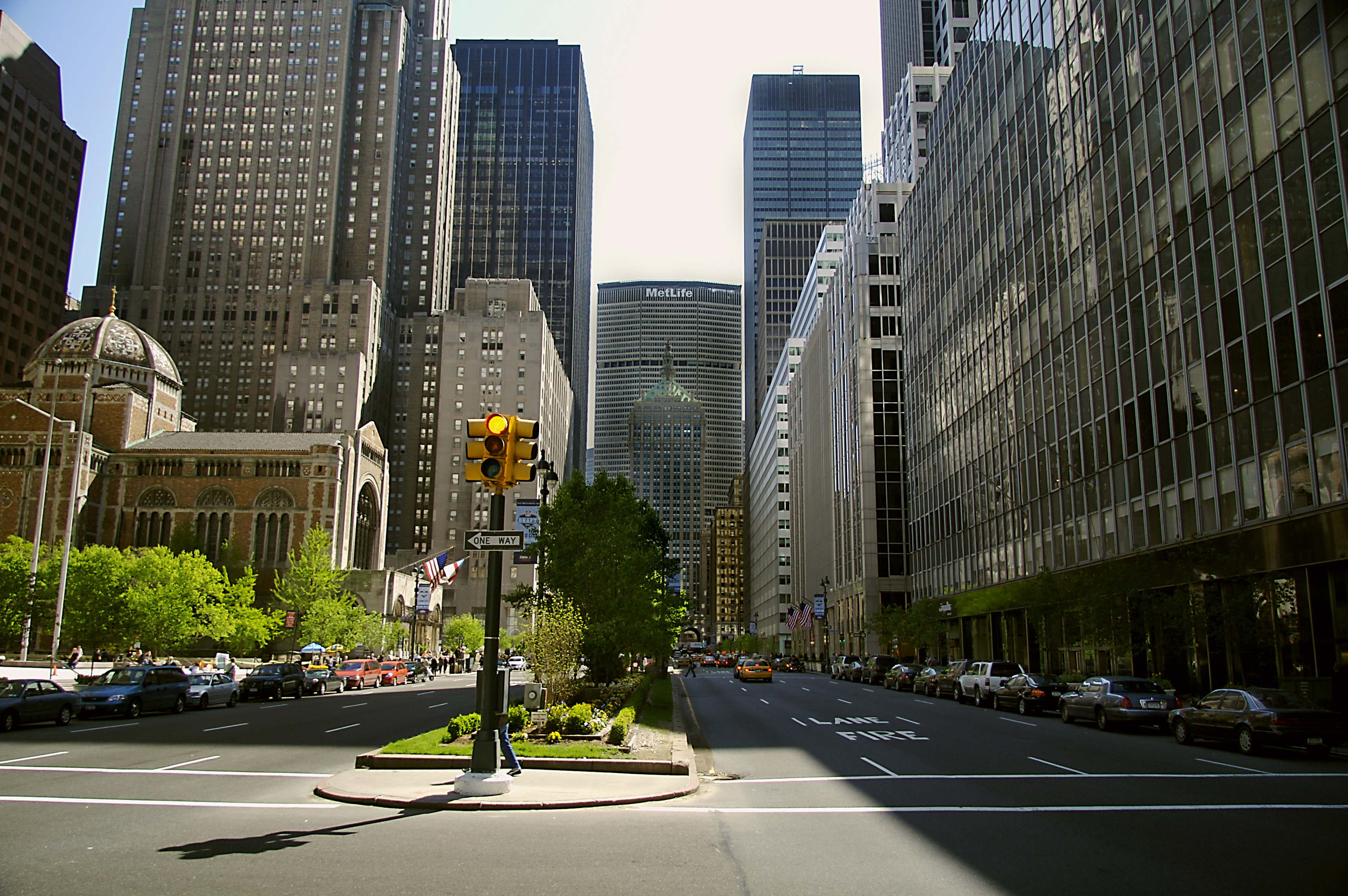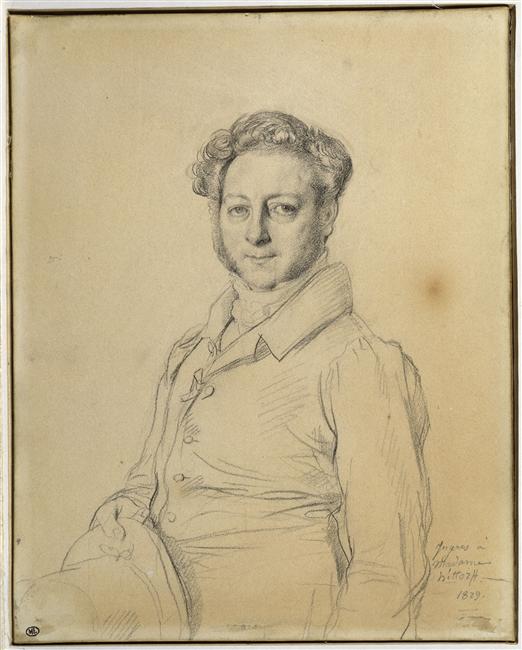|
Théâtre De L'Ambigu-Comique
The Théâtre de l’Ambigu-Comique (, literally, Theatre of the Comic-Ambiguity), a former Parisian theatre, was founded in 1769 on the boulevard du Temple immediately adjacent to the Théâtre de Nicolet. It was rebuilt in 1770 and 1786, but in 1827 was destroyed by fire. A new, larger theatre with a capacity of 2,000 as compared to the earlier 1,250 was built nearby on the boulevard Saint-Martin at its intersection with the rue de Bondy and opened the following year. The theatre was eventually demolished in 1966. History of the first theatre in the boulevard du Temple It was founded in 1769 on the boulevard du Temple, originally known as the Promenades des Ramparts, in Paris by Nicolas-Médard Audinot, formerly a comedian of the Opéra-Comique, which he had left to become a puppet-master at the Paris fairs. Audinot had already been a success in one of the sites of the Saint-Germain Fair, where his large marionettes (called "bamboches") were in vogue. Under the name of his ... [...More Info...] [...Related Items...] OR: [Wikipedia] [Google] [Baidu] |
Louis-Léopold Boilly
Louis-Léopold Boilly (; 5 July 1761 – 4 January 1845) was a French painter and draftsman. A gifted creator of popular portrait paintings, he also produced a vast number of genre paintings vividly documenting French middle-class social life. His life and work spanned the eras of monarchical France, the French Revolution, the Napoleonic Empire, the Bourbon Restoration and the July Monarchy. His 1800 painting ''Un Trompe-l'œil'' introduced the term ''trompe-l'œil'' ("trick the eye"), applied to the technique that uses realistic imagery to create the optical illusion that the depicted objects exist in three dimensions, though the "unnamed" technique itself had existed in Greek and Roman times. Life and career Boilly was born in La Bassée in northern France, the son of a local wood sculptor. A self-taught painter, Boilly began his career at a very young age, producing his first works at the age of twelve or thirteen. In 1774 he began to show his work to the Augustinians of Do ... [...More Info...] [...Related Items...] OR: [Wikipedia] [Google] [Baidu] |
Guilbert De Pixérécourt
Guilbert is a French surname. Notable people with the surname include: *Aimé-Victor-François Guilbert (1812–1889), French cardinal *Ann Morgan Guilbert, American actress *Georges Claude Guilbert (born 1959), French academic and writer *Nelly Guilbert (born 1979), French soccer player *René Charles Guilbert de Pixérécourt (1773–1844), French theatre director and playwright *Walter D. Guilbert (1844–1911), American politician *Yvette Guilbert, a French singer and actress John Guilbert Avildsen (1935-2017) American film Director. See also *Guilbert and Betelle, an American architecture firm * Guilbert (crater), a crater on Venus * Gilbert (other) Gilbert may refer to: People and fictional characters *Gilbert (given name), including a list of people and fictional characters *Gilbert (surname), including a list of people Places Australia * Gilbert River (Queensland) * Gilbert River (South A ... {{surname, Guilbert French-language surnames ... [...More Info...] [...Related Items...] OR: [Wikipedia] [Google] [Baidu] |
Christian Casadesus
Christian Casadesus, (26 December 1912 – 6 March 2014), was a French actor and theatre director who worked professionally in both movies and in theater. Career Casadesus was born in Paris on 26 December 1912. His father, Henri Casadesus, was a musician and composer, and his mother, Marie-Louise Beetz, a harpist. He made his first film appearance in 1930. He studied acting at the CNSAD with Louis Jouvet and gave his debut at the theater in 1937. In 1939 he was drafted into the army during the Phoney War. In 1942, he played Hamlet at the Théâtre Hébertot. In 1948, he ran a jazz club with Freddy Chauvelot, the Club Saint-Germain, which staged musicians and singers such as Django Reinhardt, Juliette Gréco, and Boris Vian. Casadesus played Philibert Le Roy in the 1953 film Si Versailles m'était conté de Sacha Guitry, his last film role. From 1954 to 1966, he was the Artistic Director of the Théâtre de l'Ambigu-Comique. Afterwards, he undertook several missions for the ... [...More Info...] [...Related Items...] OR: [Wikipedia] [Google] [Baidu] |
Albert Guillaume - Gigolette
Albert may refer to: Companies * Albert (supermarket), a supermarket chain in the Czech Republic * Albert Heijn, a supermarket chain in the Netherlands * Albert Market, a street market in The Gambia * Albert Productions, a record label * Albert Computers, Inc., a computer manufacturer in the 1980s Entertainment * ''Albert'' (1985 film), a Czechoslovak film directed by František Vláčil * ''Albert'' (2015 film), a film by Karsten Kiilerich * ''Albert'' (2016 film), an American TV movie * ''Albert'' (Ed Hall album), 1988 * "Albert" (short story), by Leo Tolstoy * Albert (comics), a character in Marvel Comics * Albert (''Discworld''), a character in Terry Pratchett's ''Discworld'' series * Albert, a character in Dario Argento's 1977 film ''Suspiria'' Military * Battle of Albert (1914), a WWI battle at Albert, Somme, France * Battle of Albert (1916), a WWI battle at Albert, Somme, France * Battle of Albert (1918), a WWI battle at Albert, Somme, France People * Albert (given n ... [...More Info...] [...Related Items...] OR: [Wikipedia] [Google] [Baidu] |
Boulevard Du Crime
The Boulevard du Crime was the nickname given in the 19th century to the Boulevard du Temple in Paris because of the many crime melodramas that were shown every night in its many theaters. It is notorious in French history for having lost so many theatres during the rebuilding of Paris by Baron Haussmann in 1862. Of the theatres on the boulevard, only the Folies-Mayer escaped demolition during the construction of Place de la République—solely because it was on the opposite side of the street. In spite of the name, the "Boulevard of Crime" was not dangerous or unpleasant. In fact, it was one of the most popular places in Paris. Every night more than 20,000 people came to walk, sing, laugh and have fun. The "Boulevard du Crime" is featured in the 1945 film ''Children of Paradise'' directed by Marcel Carné and gives its name to the first of two sections of the film. Theaters on Boulevard du Crime demolished in the great reorganization of 1862 * the Théâtre Lyrique * the ... [...More Info...] [...Related Items...] OR: [Wikipedia] [Google] [Baidu] |
Boulevard Theatre (aesthetic)
Boulevard theatre is a theatrical aesthetic that emerged from the boulevards of Paris' old city.Brunet, Brigitte"Le Théâtre de Boulevard".''French Studies'' 59: 417–418, July 2005 Origin Starting from the second half of the 18th century, popular and bourgeois theatre alike took up residence on the boulevard du Temple, then nicknamed 'boulevard du Crime' due to the many melodramas and murder stories shown there. In addition to the many attractions on display there – fireworks, pantomime, acrobats, etc. – a so-called 'boulevard' repertoire emerged separate from upper-class theatre. Then, starting from the Second French Empire, vaudeville theatre and comédie d'intrigue arrived on the scene. Style Boulevard theatre consists mostly of comedies but also dramas. In general, the characters are simply drawn, ordinary or easily understandable. There is a strong tendency to avoid touchy subjects, such as politics and religion. The style is not designed to challenge preconceived idea ... [...More Info...] [...Related Items...] OR: [Wikipedia] [Google] [Baidu] |
Rue René-Boulanger
''Ruta graveolens'', commonly known as rue, common rue or herb-of-grace, is a species of ''Ruta'' grown as an ornamental plant and herb. It is native to the Balkan Peninsula. It is grown throughout the world in gardens, especially for its bluish leaves, and sometimes for its tolerance of hot and dry soil conditions. It is also cultivated as a culinary herb, and to a lesser extent as an insect repellent and incense. Etymology The specific epithet ''graveolens'' refers to the strong-smelling leaves.J. D. Douglas and Merrill C. Tenney Description Rue is a woody, perennial shrub. Its leaves are oblong, blue green and arranged pinnate; they release a strong aroma when they are bruised. The flowers are small with 4 to 5 dull yellow petals in clusters. They bear brown seed capsules when pollinated. Uses Traditional use In the ancient Roman world, the naturalists Pedanius Dioscorides and Pliny the Elder recommended that rue be combined with the poisonous shrub oleander to b ... [...More Info...] [...Related Items...] OR: [Wikipedia] [Google] [Baidu] |
Rue De Bondy
''Ruta graveolens'', commonly known as rue, common rue or herb-of-grace, is a species of ''Ruta'' grown as an ornamental plant and herb. It is native to the Balkan Peninsula. It is grown throughout the world in gardens, especially for its bluish leaves, and sometimes for its tolerance of hot and dry soil conditions. It is also cultivated as a culinary herb, and to a lesser extent as an insect repellent and incense. Etymology The specific epithet ''graveolens'' refers to the strong-smelling leaves.J. D. Douglas and Merrill C. Tenney Description Rue is a woody, perennial shrub. Its leaves are oblong, blue green and arranged pinnate; they release a strong aroma when they are bruised. The flowers are small with 4 to 5 dull yellow petals in clusters. They bear brown seed capsules when pollinated. Uses Traditional use In the ancient Roman world, the naturalists Pedanius Dioscorides and Pliny the Elder recommended that rue be combined with the poisonous shrub oleander to b ... [...More Info...] [...Related Items...] OR: [Wikipedia] [Google] [Baidu] |
Boulevard Saint-Martin
A boulevard is a type of broad avenue planted with rows of trees, or in parts of North America, any urban highway. Boulevards were originally circumferential roads following the line of former city walls. In American usage, boulevards may be wide, multi-lane arterial thoroughfares, often divided with a central median, and perhaps with side-streets along each side designed as slow travel and parking lanes and for bicycle and pedestrian usage, often with an above-average quality of landscaping and scenery. Etymology The word ''boulevard'' is borrowed from French. In French, it originally meant the flat surface of a rampart, and later a promenade taking the place of a demolished fortification. It is a borrowing from the Dutch word ' 'bulwark'. Usage world-wide Asia Cambodia Phnom Penh has numerous boulevards scattered throughout the city. Norodom Boulevard, Monivong Boulevard, Sihanouk Boulevard, and Kampuchea Krom Boulevard are the most famous. India *Bengaluru's Mahat ... [...More Info...] [...Related Items...] OR: [Wikipedia] [Google] [Baidu] |
Jean-François-Joseph Lecointe
Jean-François-Joseph Lecointe (1783–1858) was official architect to king Charles X of France. He worked in direct collaboration with Jacques Ignace Hittorff from 1819 to 1830, in particular on the Théâtre de l'Ambigu-Comique and the organisation of grand royal ceremonies and the elaborate temporary structures these required. He is buried at the Notre-Dame cemetery in Versailles The Palace of Versailles ( ; french: Château de Versailles ) is a former royal residence built by King Louis XIV located in Versailles, about west of Paris, France. The palace is owned by the French Republic and since 1995 has been managed, .... Sources * http://p.landru.free.fr/chapdelaine/article.php3?id_article=387 {{DEFAULTSORT:Lecointe, Jean-Francois-Joseph People from Abbeville 1783 births 1858 deaths 19th-century French architects ... [...More Info...] [...Related Items...] OR: [Wikipedia] [Google] [Baidu] |
Jacques Ignace Hittorff
Jacques Ignace Hittorff or, in German, Jakob Ignaz Hittorff (, ) (Cologne, 20 August 1792 – 25 March 1867) was a German-born French architect who combined advanced structural use of new materials, notably cast iron, with conservative Beaux-Arts classicism in a career that spanned the decades from the Restoration to the Second Empire. Biography After serving an apprenticeship to a mason in his native city, he went in 1810 to Paris, and studied for some years at the Académie des Beaux-Arts while working concurrently as a draughtsman for Charles Percier. At the Académie, he was a favourite pupil of the government architect François-Joseph Bélanger, who employed him in the construction of one of the first cast-iron constructions in France, the cast-iron and glass dome of the grain market, '' Halle au Blé'' (1808–13). In 1814, Bélanger appointed Hittorff his principal inspector on construction sites. Succeeding Bélanger as government architect in 1818, Hittorf ... [...More Info...] [...Related Items...] OR: [Wikipedia] [Google] [Baidu] |
Paris
Paris () is the capital and most populous city of France, with an estimated population of 2,165,423 residents in 2019 in an area of more than 105 km² (41 sq mi), making it the 30th most densely populated city in the world in 2020. Since the 17th century, Paris has been one of the world's major centres of finance, diplomacy, commerce, fashion, gastronomy, and science. For its leading role in the arts and sciences, as well as its very early system of street lighting, in the 19th century it became known as "the City of Light". Like London, prior to the Second World War, it was also sometimes called the capital of the world. The City of Paris is the centre of the Île-de-France region, or Paris Region, with an estimated population of 12,262,544 in 2019, or about 19% of the population of France, making the region France's primate city. The Paris Region had a GDP of €739 billion ($743 billion) in 2019, which is the highest in Europe. According to the Economis ... [...More Info...] [...Related Items...] OR: [Wikipedia] [Google] [Baidu] |






